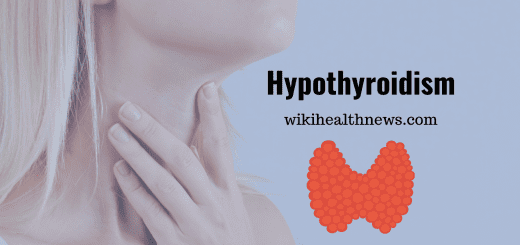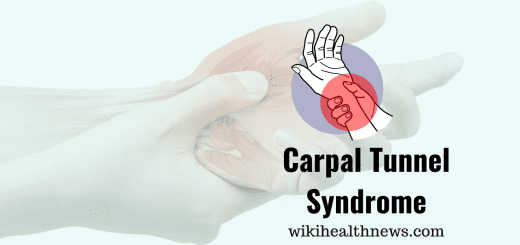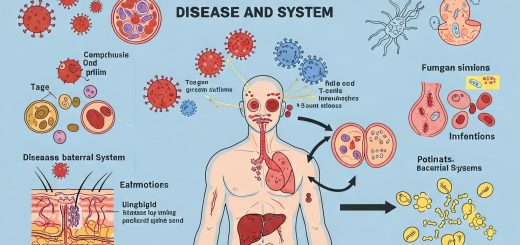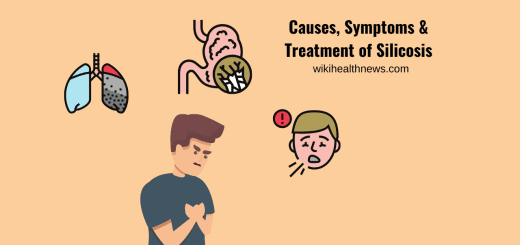What Forms Dental Plaque & How To Prevent?
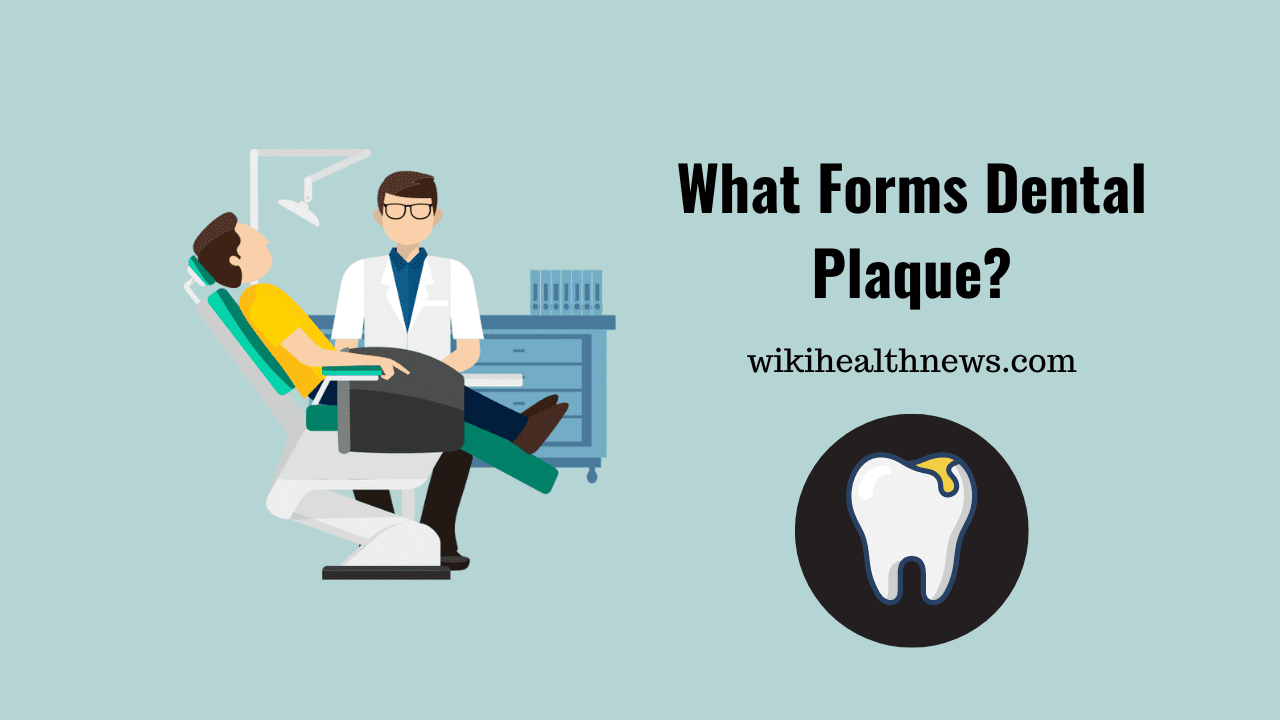
- Dental Plaques on teeth are a sticky, colorless film where the bacteria can cling to.
- It makes teeth feel fuzzy or slippery and it’s likely noticeable when teeth aren’t brushed.
- The bacterium produces acids that can cause tooth decay. Dental care and good oral hygiene will help to remove and prevent the occurrence of plaque.
- It is usually found between the teeth, or in front of teeth, behind teeth, on the chewing surfaces of tooth, along the gumline (supragingival area), or below the gumline cervical margins (subgingival).
- Dental Plaque is also called as microbial plaque, oral biofilm, dental biofilm, dental plaque biofilm or bacterial plaque biofilm. Plaque is also known as “biofilm” because it’s a group of living microbes surrounded by a gluey polymer layer.
- The sticky coating will help the microbes attach to surfaces in the mouth so that they can grow into thriving microcolonies.
- Bacteria and inflammation in mouth are associated to other problems, including heart attack and dementia and may risk your overall health.
Symptoms
- A fuzzy feeling on the teeth indicates plaque.
- Other indicators include:
- Chronic bad breath (halitosis).
- Gum disease- Red, swollen, tender gums that bleed after brushing.
Causes of dental plaque:
- Plaque grows when foods containing carbohydrates (sugars and starches), such as milk, soft drinks, raisins, cakes, or candy are regularly left on the teeth.
- Bacteria that stay in the mouth thrive on these foods thus producing acids and causing demineralization of teeth also known as dental caries or harden into dental calculus (also known as tartar).
- Over a time period, this acid destroys tooth enamel, which results in decaying of the tooth.
- Plaques develop on the tooth roots present under the gum and cause breakdown of the bone that supports the tooth.
- Plaque development can also lead to gum disease such as gingivitis, which is soft and swollen gums that at times bleed.
- Severe periodontal (gum) disease-periodontitis; can develop over a period of time.
- The gum tissue pulls away from the teeth by allowing the bacteria to demolish the underlying bone which is supporting the teeth.
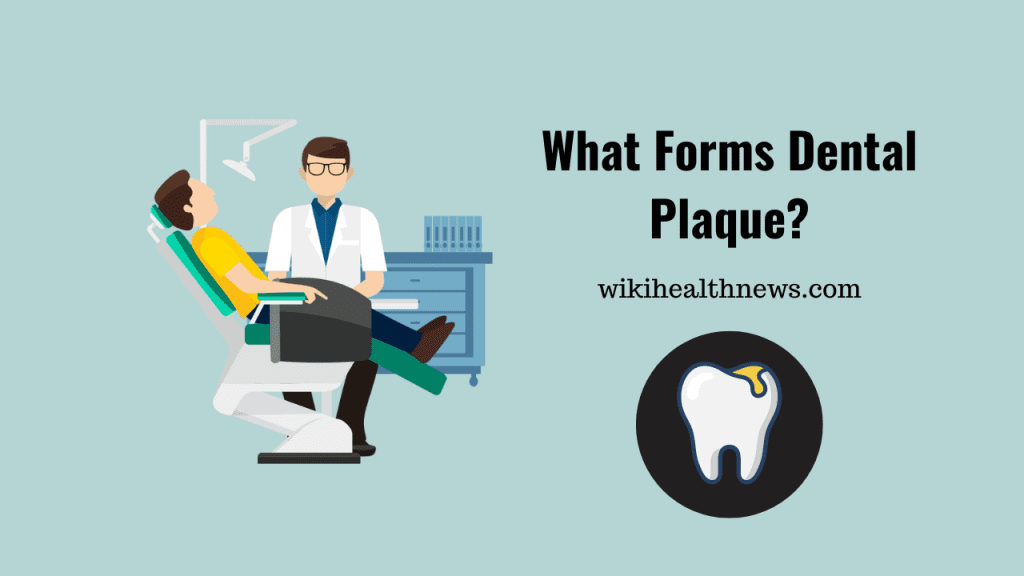
Formation of plaque
Plaque is a biofilm that binds to tooth surfaces. An acquired film is a layer of saliva which is composed of mostly glycoproteins and forms soon after cleaning of the teeth or exposure of new teeth. The Bacteria binds to the film layer and forms microcolonies, and grows on the tooth, which thus results in oral diseases.
| Steps of plaque formation | Description |
| Association | Dental pellicle forms on the tooth and provides bacteria surface to attach |
| Adhesion | Within a couple of hours, the bacteria bind to the film. |
| Proliferation | Bacteria spread throughout the mouth and start to proliferate. |
| Micro colonies | Colonies are formed. Streptococci secrete protective layer. |
| Biofilm formation | Micro-colonies form complex groups with metabolic advantages |
| Growth or maturation | The biofilm develops a primitive circulatory system. |
Plaque Vs Tartar
- When dental plaque isn’t frequently removed, it accumulates minerals from your saliva and solidifies into an off-white or yellow substance called tartar.
- The Tartar spreads along the gumline in front and behind the teeth.
Plaque Diagnosis
Plaque is colorless or pale yellow in color. The plaque can be identified by oral diagnosis by a dental hygienist using instruments during routine checkups.
Complications
If regular brushing and floss isn’t done, plaque can harden into tartar. Plaque and tartar can lead to:
- Cavities
- Gingivitis and periodontal disease.
- Severe gum infection (periodontitis)
- Tooth decay and loss.
- Tooth infection (abscessed tooth).
How to prevent dental plaque?
To practice good oral hygiene
- Brush your teeth twice daily and also after eating sweet foods.
- To avoid plaque build-up, brush your teeth a minimum of twice a day with a soft, rounded-tipped toothbrush.
- Pay special attention to where your gums and teeth meet. Use fluoride containing toothpaste.
- Floss between teeth at least once daily to eliminate food particles and bacteria.
- Use an antibacterial mouthwash to help reduce plaque-causing bacteria and gum disease.
- Consult with a dentist or oral hygienist every 6 months to have your teeth examined and cleaned.
- Dental sealants are a thin plastic coating that is painted on teeth’ chewing surfaces to protect against tooth decay and caries.
- Adopt a balanced diet and restrict the number of snacks between meals. If you need a snack, switch to nutritious foods like plain yogurt, cheese, raw fruits or vegetables.
- Vegetables, like celery, help eliminate food and help the saliva neutralize the acids responsible for plaque.
